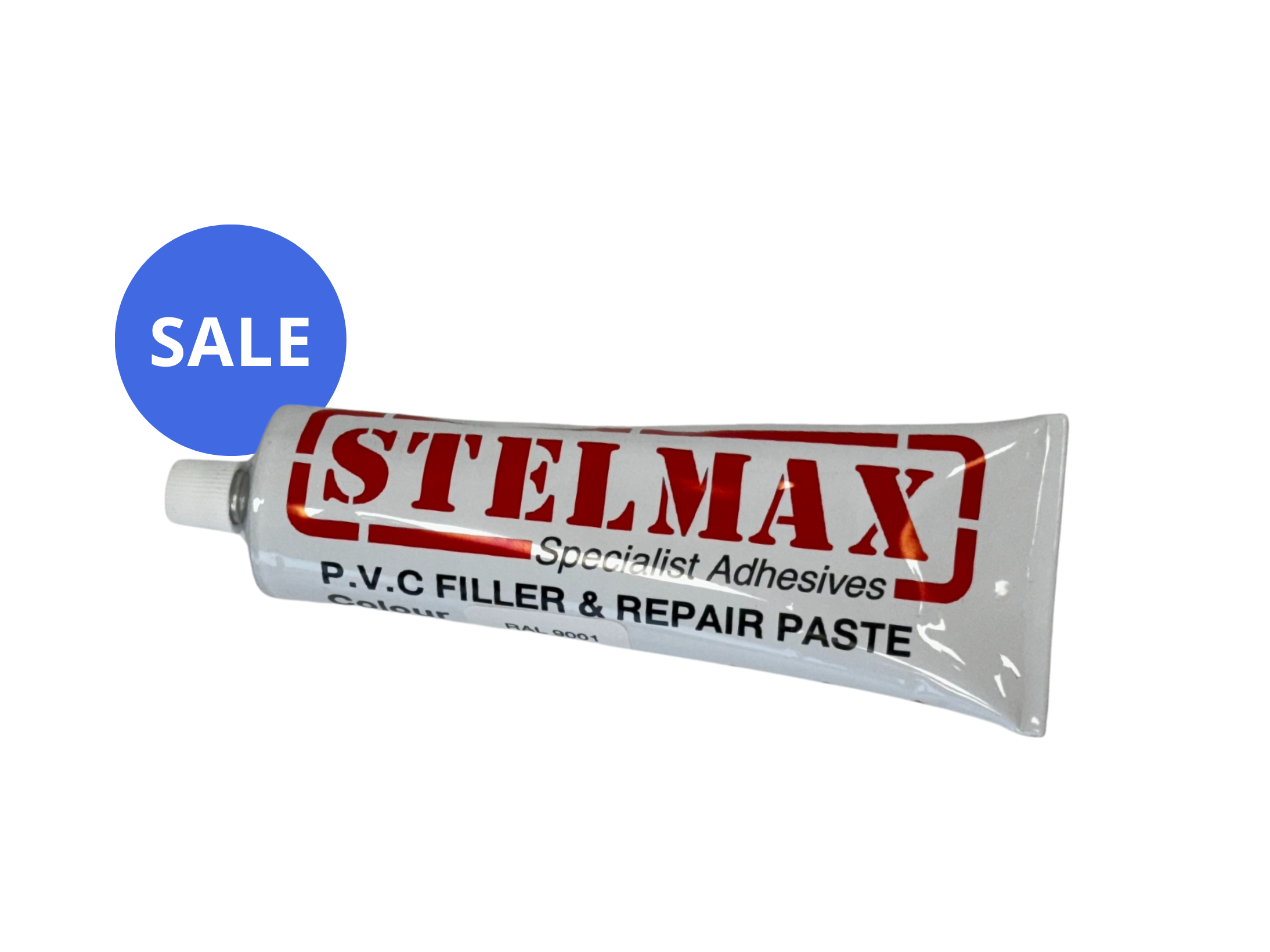Fire Sealant Acrylic White 310ml Intumescent
- Product Code: ESAFR
Fire Sealant Acrylic White 310ml Intumescent
Ex VAT
£3.42
Inc VAT
£4.10
- Product Overview
Fire Sealant Acrylic White 310ml Intumescent. Please note this product is only available in multiples of 15 and is a special order product.
DESCRIPTION
Firecryl FR is a one-component intumescent plastoelastic joint sealant based on acrylic dispersions.
CHARACTERISTICS
– Resist the passage of fire and smoke
– Fire resistant up to 4 hours with PE backer rod (EN 1366 Part 4-NBN713.020- BS 476/20)
– Intumescent in contact with fire
– Swells when exposed to temperatures in excess of 120°C
– Stays elastic and can be painted over
– Colourfast and waterproof after curing
– Very good adhesion on many porous surfaces
– Can be painted over after curing
– Fire resistant up to 4 hours with PE backer rod (EN 1366 Part 4-NBN713.020- BS 476/20)
– Intumescent in contact with fire
– Swells when exposed to temperatures in excess of 120°C
– Stays elastic and can be painted over
– Colourfast and waterproof after curing
– Very good adhesion on many porous surfaces
– Can be painted over after curing
APPLICATIONS
– Interior fire-resistant applications
– Fire-resistant sealing compound for cracks in concrete and plaster
– Fire-resistant connection joints in the building industry
– Fire-resistant joints with movements up to 10%.
– Fire-resistant sealing compound for cracks in concrete and plaster
– Fire-resistant connection joints in the building industry
– Fire-resistant joints with movements up to 10%.
DIRECTIONS FOR USE
Method: Apply the sealant by means of a handheld or pneumatic caulking gun. Smoothen the sealant with a filling-knife.
Application temperature: +5°C to +30°C, do not apply when rain or frost are imminent
Clean: Uncured Firecryl FR may be removed from tools with water. Cured sealant must be removed mechanically.
Finishing: with soapy water
Repair: with Firecryl FR
Application temperature: +5°C to +30°C, do not apply when rain or frost are imminent
Clean: Uncured Firecryl FR may be removed from tools with water. Cured sealant must be removed mechanically.
Finishing: with soapy water
Repair: with Firecryl FR
REMARKS
– Do not use in applications where continuous water immersion is possible.
– Do not apply when rain or frost is imminent
– Firecryl FR can be painted over with most paints.
– The paint should be sufficiently elastic to be applied on a plasto-elastic sealant.
– A preliminary test is recommended.
– Do not apply when rain or frost is imminent
– Firecryl FR can be painted over with most paints.
– The paint should be sufficiently elastic to be applied on a plasto-elastic sealant.
– A preliminary test is recommended.
Approvals:
– Test Report 9297 – University of Ghent to
– NBN 713.020 – EN 1366-4
– BS 476:Part 20 – Warrington Fire Research Report
– TNO-rapport 2000-CVB-R00703


 My Basket
My Basket 




